Authors
D. Pinault.
Lab
Faculté de Médecine, INSERM U405, Laboratoire d’anatomo-électrophysiologie cellulaire et intégrée, Strasbourg, France.
Journal
Journal of Neuroscience Methods
Abstract
Standard large craniotomies induce undesirable brain motions during intracellular recordings in whole animal preparations. Practically all of the papers available in the literature outline a number of specific methodological approaches designed to avoid this inconvenience. Our study describes a new craniotomy–duratomy, which consists of the maintenance of a thin bone membrane and dura mater surrounding the small hole opened for lowering the recording micropipette. This new surgical preparation avoids brain movements by keeping the brain’s volume constant within the cranial cavity and does not require additional technical procedures. It is an all-purpose surgical technique, although it was developed in anaesthetized rats while studying spatio-temporal dynamics of cellular interactions associated with thalamocortical oscillations. It significantly improves both the precision of stereotaxic approaches and the success rate of single-cell recordings (e.g., current-clamp intracellular and paired recordings) compared to standard craniotomy/electrophysiology techniques.
Source :
http://www.sciencedirect.com/science/article/pii/S0165027004002419

 Douleur - Allodynie/Hyperalgésie Thermique
Douleur - Allodynie/Hyperalgésie Thermique Douleur - Spontanée - Déficit de Posture
Douleur - Spontanée - Déficit de Posture Douleur - Allodynie/Hyperalgésie Mécanique
Douleur - Allodynie/Hyperalgésie Mécanique Apprentissage/Mémoire - Attention - Addiction
Apprentissage/Mémoire - Attention - Addiction Physiologie & Recherche Respiratoire
Physiologie & Recherche Respiratoire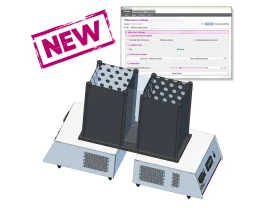
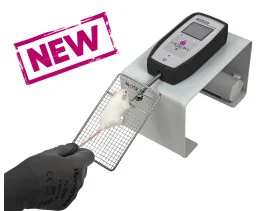
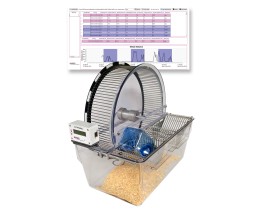

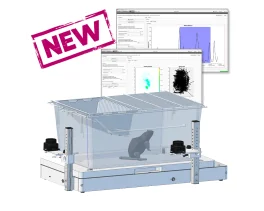

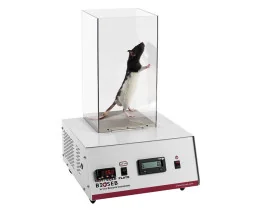


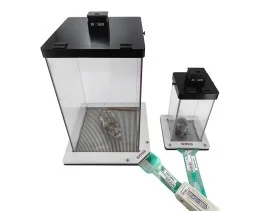

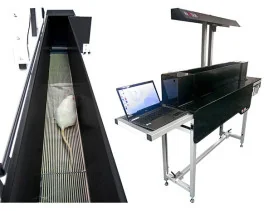
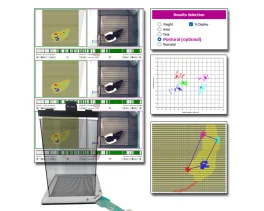



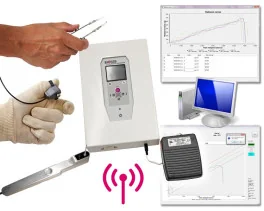

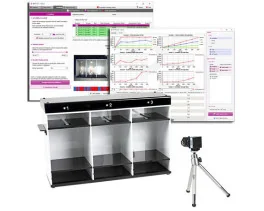
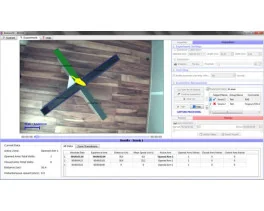
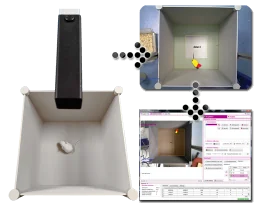


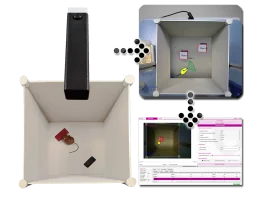

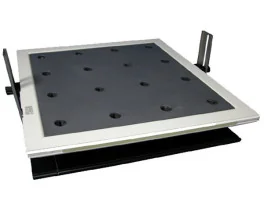



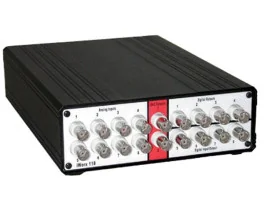

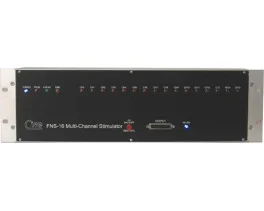
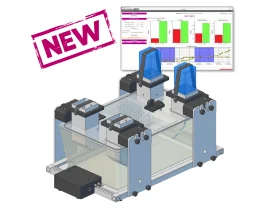




 Douleur
Douleur Système Nerveux Central (SNC)
Système Nerveux Central (SNC)  Neurodégénérescence
Neurodégénérescence Système sensoriel
Système sensoriel Système moteur
Système moteur Troubles de l'humeur
Troubles de l'humeur Autres pathologies
Autres pathologies Système musculaire
Système musculaire Articulations
Articulations Métabolisme
Métabolisme Thématiques transversales
Thématiques transversales Congrès & Meetings
Congrès & Meetings